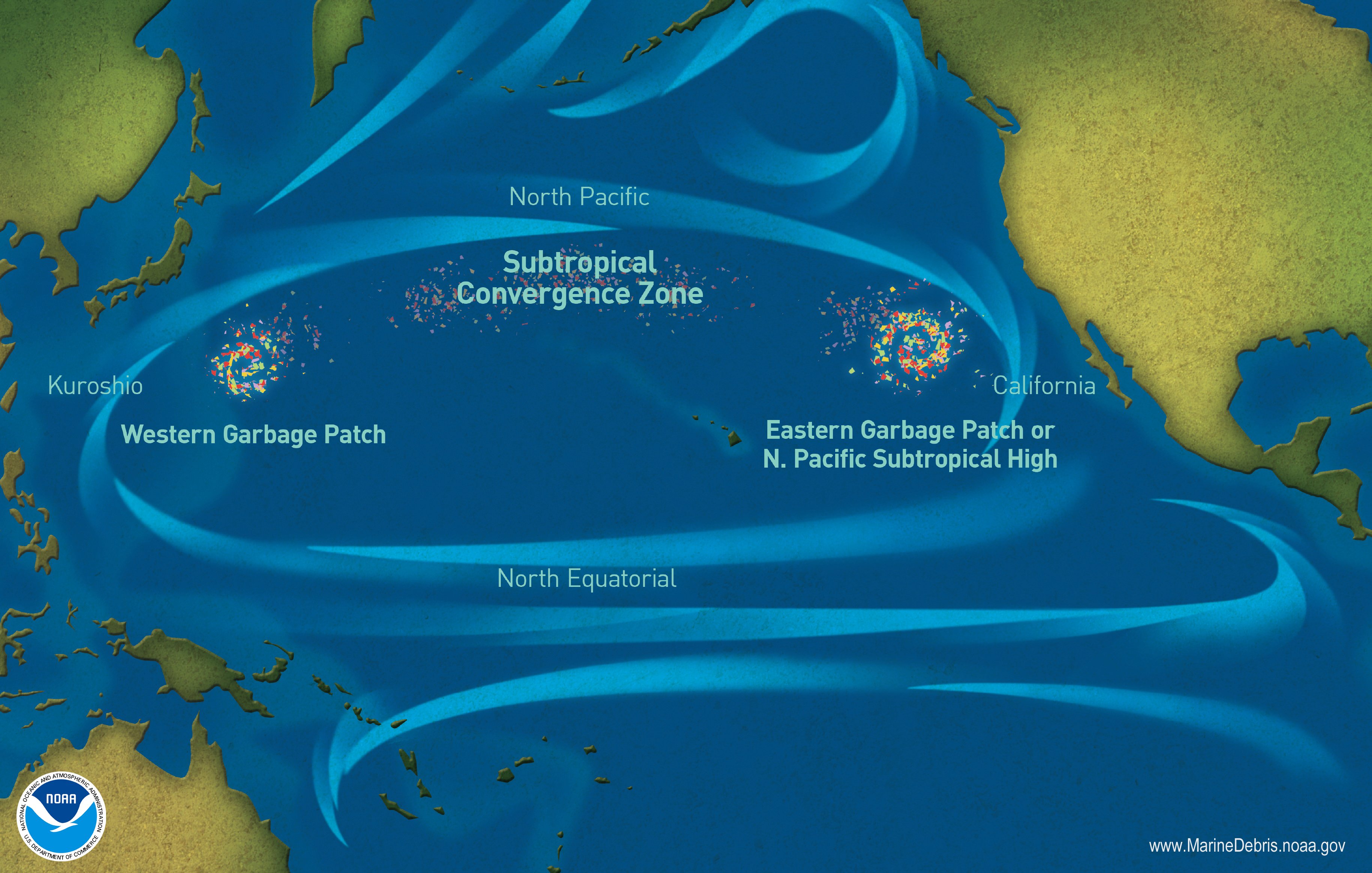It was recently discovered that the Great Pacific Garbage Patch — an accumulation of plastic in the Pacific Ocean — is 16 times greater than previously thought.
Bigger than France, it was expected to keep growing indefinitely, an eerie Frankenstein mass of debris spawned from humanity’s heavy reliance on plastic.
But the patch’s growth may soon be stopped and even reversed as scientists from the nonprofit The Ocean Cleanup prepare to deploy a massive, floating instrument to clean it up, according to the Independent.
Take Action: Take the Pledge: #SayNoToPlastic
Founded by Dutch engineer Boyan Slat when he was 18, The Ocean Cleanup has been working to eliminate the Great Pacific Garbage Patch for years.
“The plastic pollution problem has always been portrayed as something insolvable,” Slat told the Independent.
“The story has always been ‘OK, we can’t clean it up — the best we can do is not make it worse,’” he added. “To me that’s a very uninspiring message.”
In recent years, Slat’s team has tested several prototypes designed to clean up the patch.
Read More: How a College Dropout Plans to Rid the Oceans of Plastic
Now a field-tested product is ready to go.
Each device consists of 40 foot plastic pipes, stretching a mile in combined length, that float on the water’s surface. Nylon nets are attached to the pipes and collect plastic as it gets swept along by currents. These “screens” are then periodically emptied by boats and the collected plastic is brought to shore and, ideally, recycled.
The team plans to have 60 of these instruments spread throughout the Pacific Ocean in upcoming months and years.
Within five years, the team hopes to remove 40,000 metric tons of plastic, essentially halving the patch from its current size, NBC reports.
Read More: There Are Fewer Plastic Bags on Seafloors Because of New Laws: Report
But the problem isn’t as straightforward as picking up a finite amount of trash.
As the contraptions get to work, the ocean will be receiving a steady influx of plastic waste that could add to the patch’s size.

Each year, around 8 million metric tons of plastic enter the world’s oceans, which is like dumping a garbage truck full of plastic in the water every minute.
In the next decade, plastic in the world’s oceans is expected to triple.
All of this plastic poses serious health risks to marine life and, potentially, humans.
Read More: This Whale Died From 64 Pounds of Plastic in Its Stomach
Furthermore, The Ocean Cleanup device can’t capture microplastics, tiny bits of plastic that are routinely swallowed by and leach toxins into animals.
There are 51 trillion pieces of microplastic in the world’s oceans, effectively more stars than there are in the Milky Way.
That’s why Slat’s team is also focused on getting to the root of the problem — stopping the production of single-use plastic.
It’s a cause that Global Citizen also campaigns on and you can take action on this issue here.